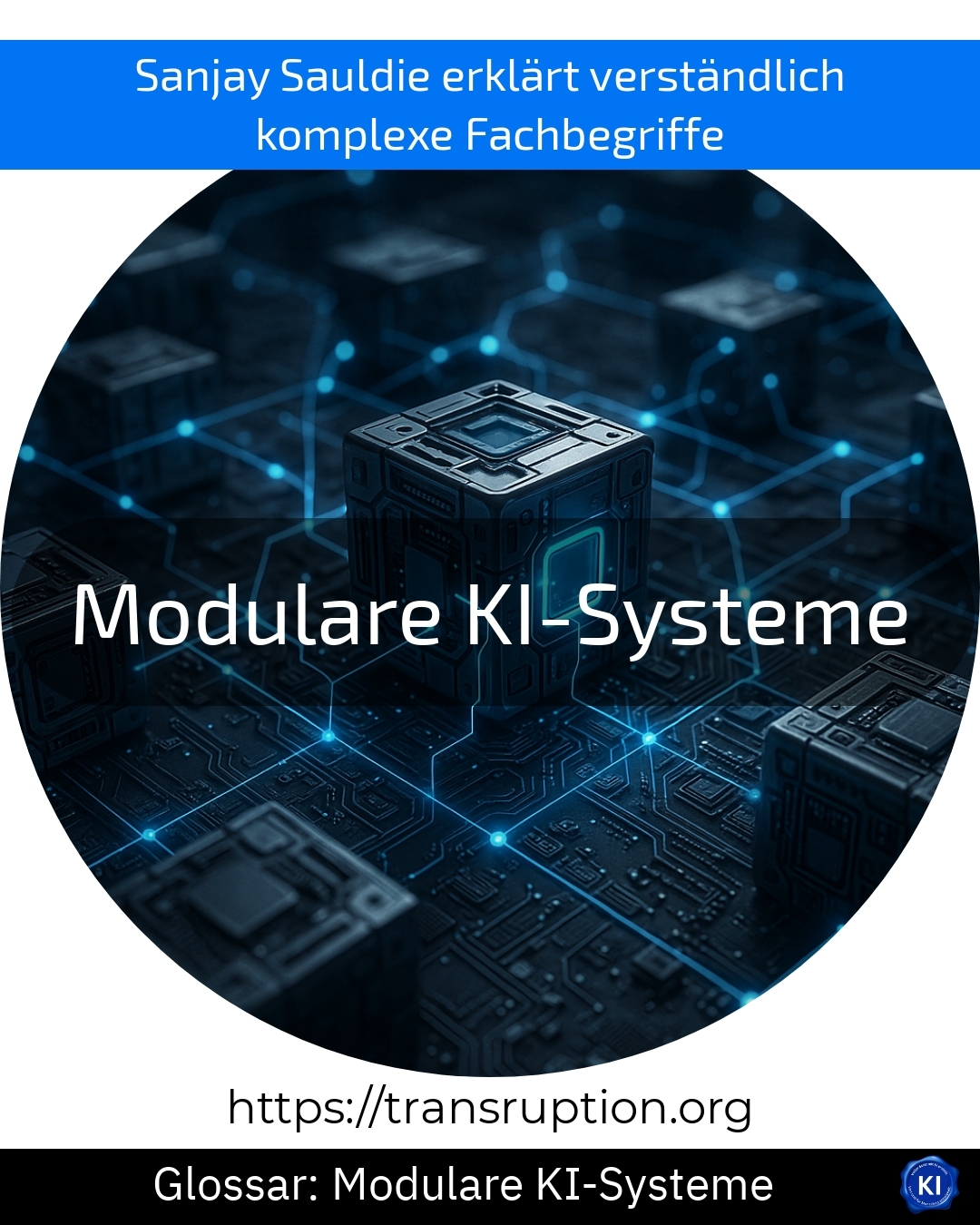Modular AI systems are at home in the fields of artificial intelligence, automation and digital transformation. They describe a flexible modular principle for artificial intelligence in which different modules or building blocks can be combined with each other. This allows a company to select exactly the AI functions it really needs - similar to Lego building.
Instead of using a large, rigid AI solution, smaller, specialised modules are used. These modules each fulfil a specific task, for example recognising images, processing text or analysing data. If requirements grow or change, new modules can simply be added or replaced without having to rebuild the entire system.
An illustrative example: A factory wants to introduce automated quality control. First, it uses an image analysis module that recognises defective products. Later, it can add another module that uses sensor data to predict machine downtimes. In this way, the system grows with the company's needs.
Modular AI systems make artificial intelligence flexible, cost-efficient and easier to customise - important advantages for any digital strategy.















